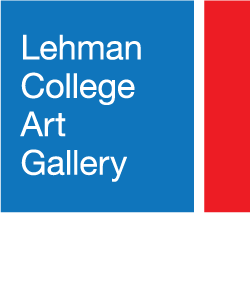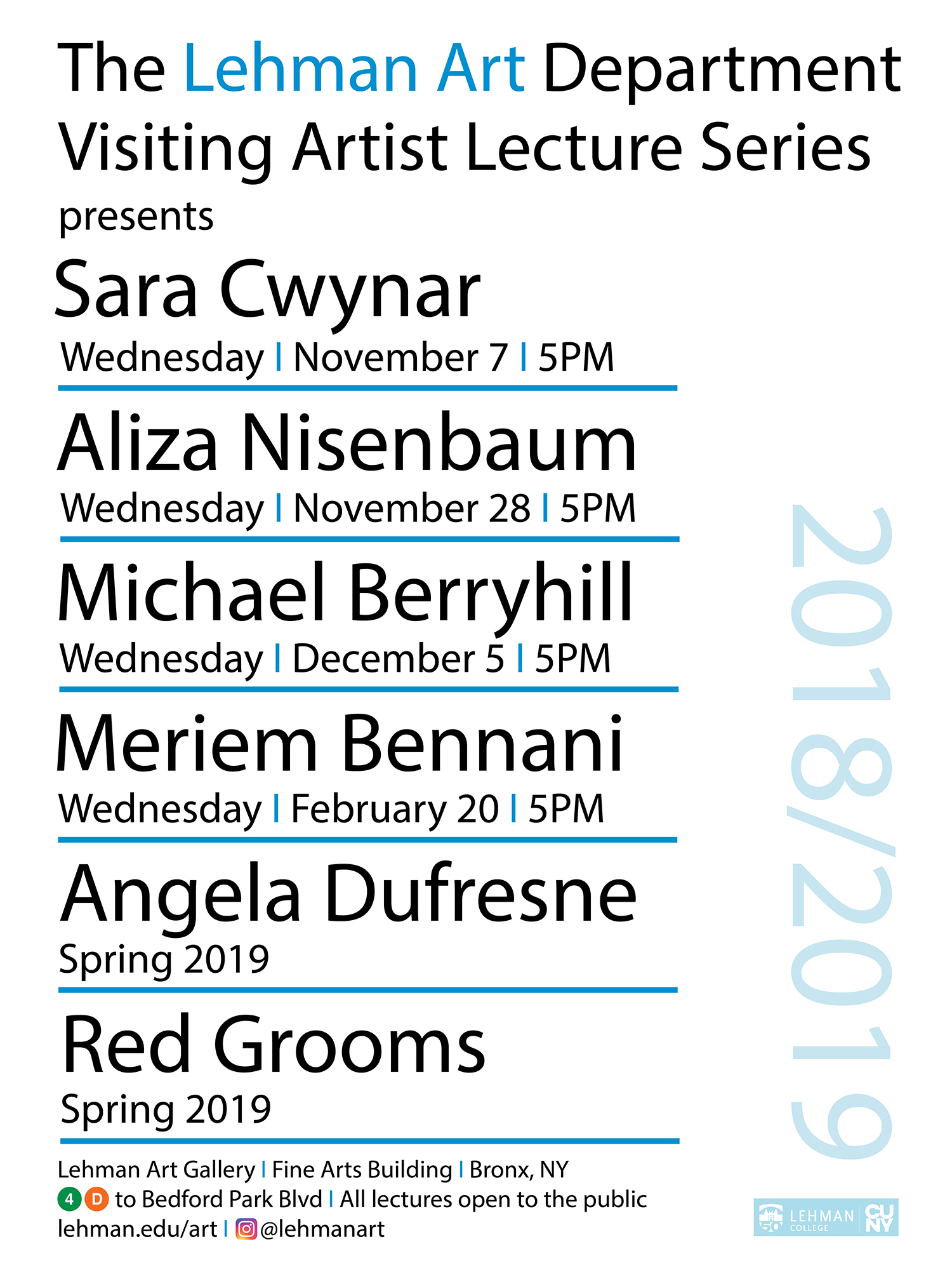Ancestor Shields of the Asmat
Boldly carved and painted shields are the most significant and powerful artistic expression of the Asmat, a semi-nomadic people who inhabit the dense, coastal forest along the southwest coast of Irian Jaya, Indonesia.Created as part of their centuries-old tradition of wood carving, the shields are objects as well as a rich source of ethnographic information about the Asmat culture. A focused exhibition on twelve 20th-century shields, organized by The American Federation of Arts, has been drawn from the collection of the American Museum of Asmart Art, Saint Paul, MN, a major repository of Asmat cultural objects and information. The shields have been selected by guest curator Tobias Schneebaum to illustrate the different stylistic areas. These bold carved and painted designs derive from abstracted naturalistic forms. Ancestors Shields of the Asmat has been organized with the support of a grant from the Henry Luce Foundation.
Created from the buttress root of a mangrove tree or other rhizophore, each shield is constructed from a single piece of wood and measures five to eight feet in height. The front surface of the shields is decorated with bold, carved ad painted designs of stylized forms representing such things such as flying foxes, whirlpools, and the curved shell nosepiece worn by many Asmat to symbolize the tusks of a wild boar. In the past, bone and shell were used to carve design, but today, metal tools are commonplace. Only three colors were used for painting the designs: white, black, and red. Each has magical as well as decorative significance to the Asmat — white represents the human spirit, black signifies body hair, and red is used to outline scarifications and to separate white from black.
Carvings are pivotal to the traditions of the Asmat community. The Asmat believe that the spirits of their ancestors dwell within their carvings and are able to influence the activities of the living. Shields, used in both warfare and ceremony, are created in memory of ancestors. Once ceremonially named for a person who recently died, the shield transmits a sense of power and invincibility to the owner strikes fear in the enemy during battle. In earlier times, the shield were central to head-hunting raids organized to avenge the ancestor’s death by killing an enemy in order to reestablish an equilibrium between the human and spirit worlds. The practice of headhunting is now outlawed although the traditions are remembered in rituals and the mythology is passed on through oral history and carving. Still seen as a source of power and strength, shields are displayed outside houses as protection against malevolent spirits and are used to bring greater success during hunting.
Each village supports its own groups of carvers. The carvers within the same region share their own characteristic shapes as well as design motifs. The exhibitions’s guest curator Tobias Schneebaum, an anthropologist who has written extensively on Asmat culture, has selected twelve shields to illustrate each of the four established stylistic regions: the coastal and central Asmat; the northwest Asmat; the Tjitalk or Kaunak villages of Eastern Asmat, and the Brazza River Asmat. The different regions all used some form of human body representation in the shape of their shields, and some carve the top of the shields to represent the human head.
Until this century, there was little contact between Asmat and the West. In 1793, the Dutch gained sovereignty over Asmat and all of the western half of the island of New Guinea, located in the Pacific Ocean just north of Australia. However, they did not begin exploring the region until 1902. The first government post was established in 1938, abandoned in 1942, and not reestablished until 1953 when Dutch missionaries arrived. Since 1963, the western half of New Guinea has been a part of Indonesia and is called Irian Jaya.
In 1958, the first four American Crosier missionaries, belonging to an Order of Roman Catholics, went to live among the Asmat. Since their arrival, the Crosiers have been actively involved in an internationally recognized effort to retain the rich cultural traditions and protect endangered resources of the Asmat people. In 1973, in an effort to preserve and encourage traditional crafts, they opened the Asmat Museum of Culture and Progress in Agats the main Asmat village. In addition, the Crosier missionaries recently opened in the U.S. the American Museum of Asmat Art to showcase works of art, make available anthropological information, and generate support for their work among the Asmat people.



